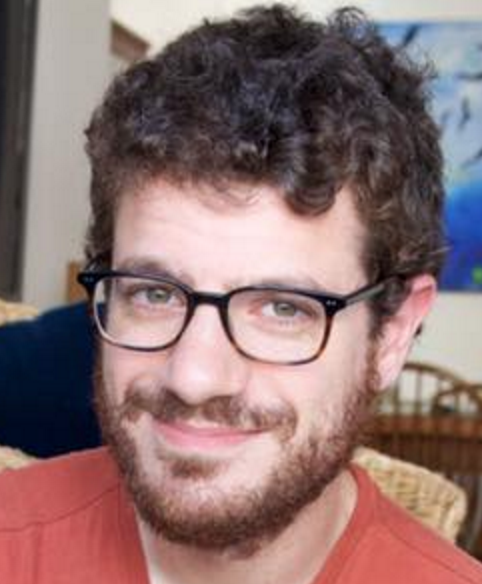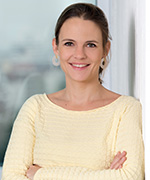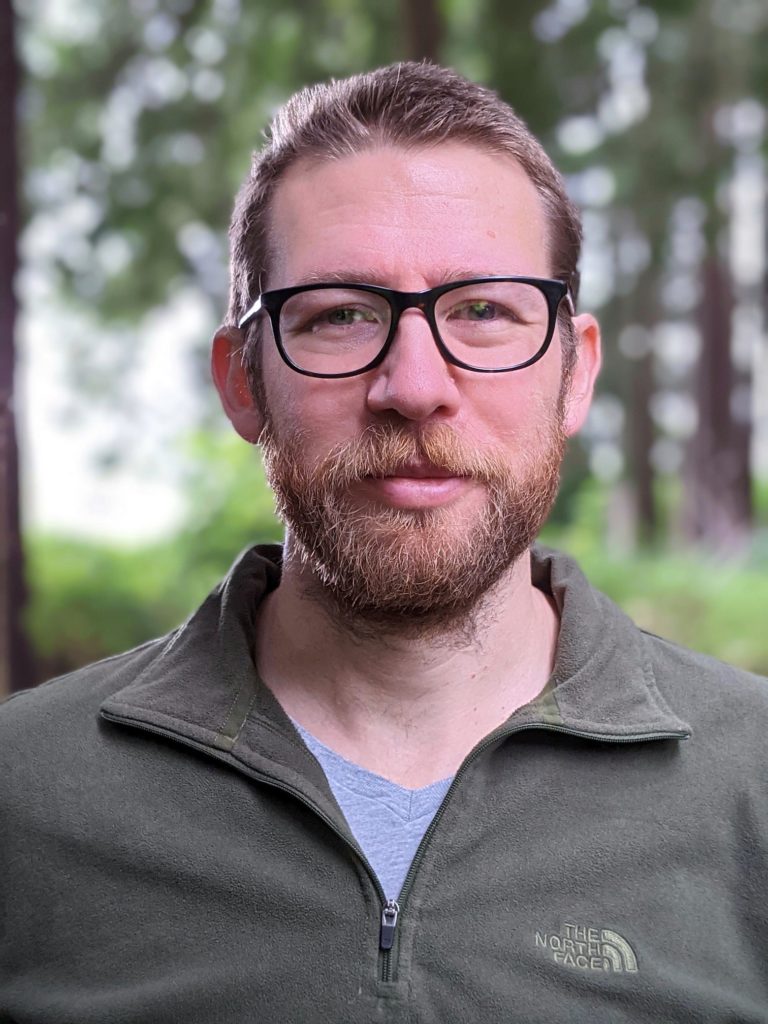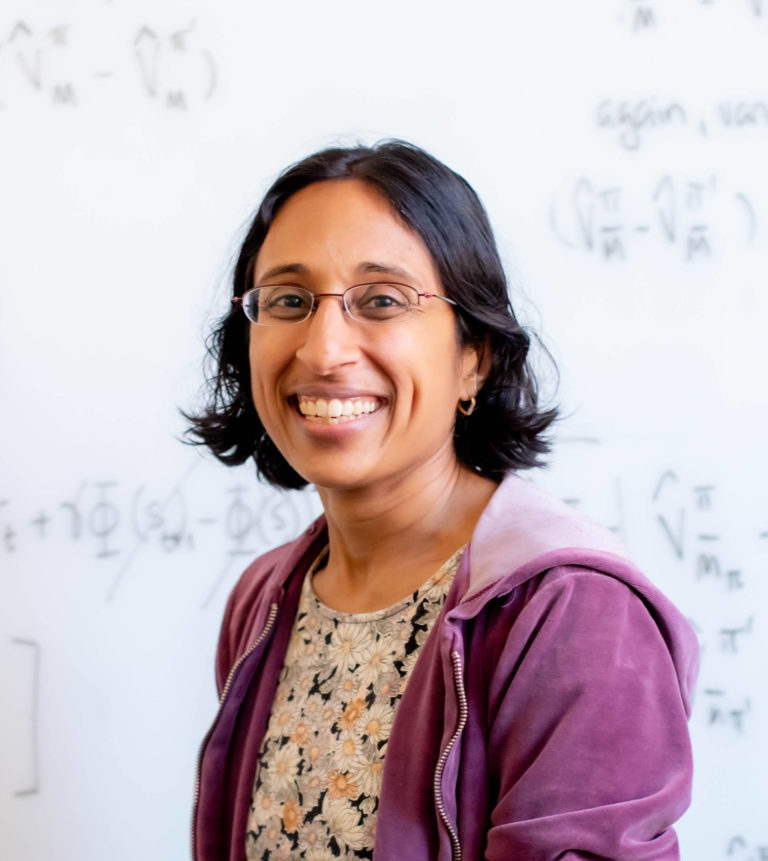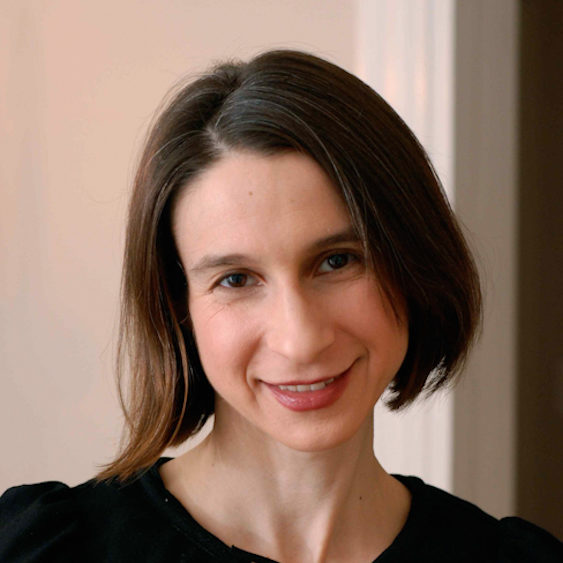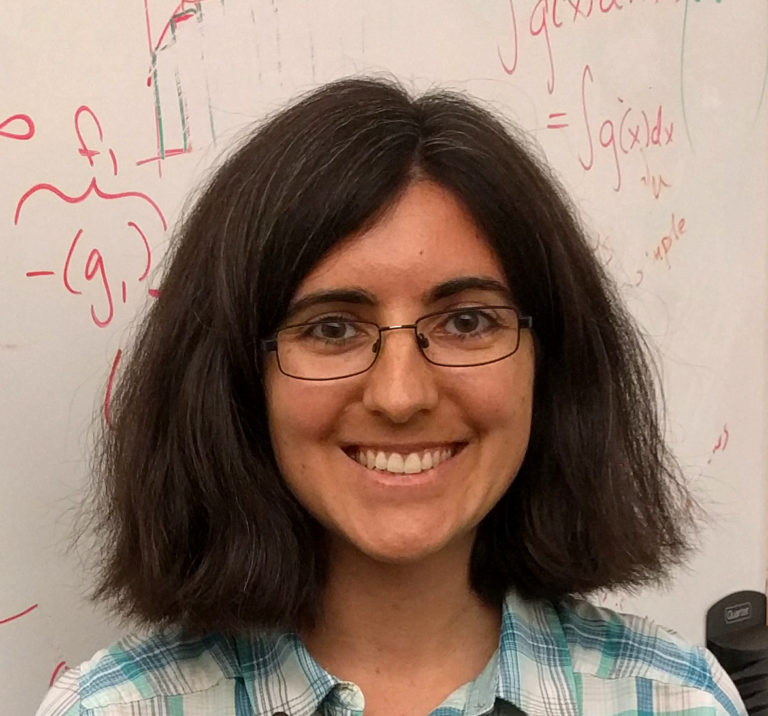ICBINB promotes "slow science", pushes back against "leaderboard-ism", revalues unexpected negative results, and helps people push their research when "stuck". More broadly, our moon-shot is to transform how we do research by cracking-open the research process and inviting meta-dialog. Starting in February 2022, we will be hosting virtual seminar series monthly for promoting such values and sharing stories from or about research.
The ICBINB Monthly Seminar Series seeks to shine a light on the "stuck" phases of research. Speakers will tell us about their most beautiful ideas that didn't "work", about when theory didn't match practice, or perhaps just when the going got tough. These talks will let us peek inside the file drawer of unexpected negative results and peer behind the curtain to see the real story of how real researchers do real research.
Do you have somebody in mind who has something to say on these topics? You are very welcome to nominate them here.
The ICBINB monthly seminar series is currently on hold. But we'll be back!
